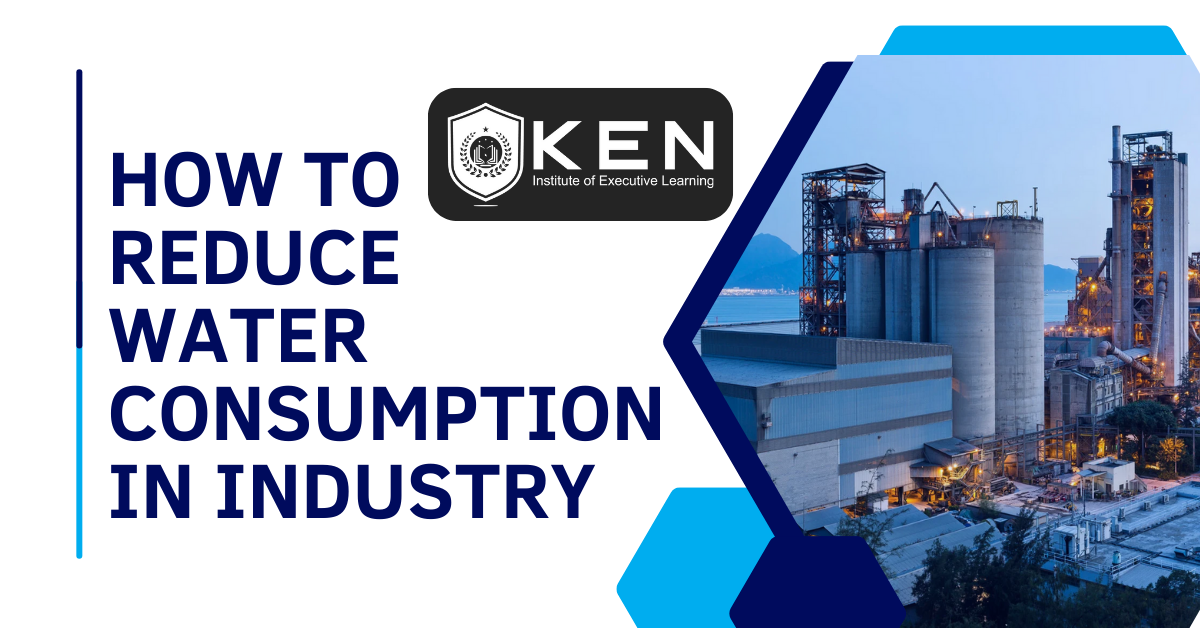What is a Spill Kit?
A spill kit is a specialized set of tools and absorbent materials used to contain, clean up, and manage hazardous or non-hazardous spills. Spill kits are essential, indispensable safety tools for any facility handling liquids, chemicals, oils, fuels, or other potentially harmful substances that could pose a hazard to people or the environment. They help prevent environmental contamination, protect workers, and ensure compliance with safety regulations.
Selecting the right type of spill kit and ensuring staff are trained in its use are crucial for effective spill management.
Benefits of Using Spill Kits
- Safety: Protects workers from hazardous exposure.
- Compliance: Helps meet regulatory requirements for spill management.
- Environmental Protection: Minimizes the impact of spills on the environment.
- Efficiency: Reduces downtime by allowing quick and effective cleanup.
Types of Spill Kits
Spill kits are categorized based on the type of spill they are designed to handle. Each type is specialized to handle specific spill scenarios:
General Purpose Spill Kits
- Use: For spills of non-hazardous substances like water, coolants, or mild cleaning agents.
- Materials: Typically made of absorbents that can handle a variety of liquids.
- Absorbents: Made from versatile materials that absorb a variety of liquids but are not specialized for oils or hazardous chemicals.
Oil-Only Spill Kits
- Use: Specifically for oil and petroleum-based spills, common in marine environments, garages, and oil storage facilities. These are hydrophobic (repel water) and float on water, making them ideal for marine and land-based spills.
- Materials: White absorbents designed for hydrocarbons.
- Features: Hydrophobic materials that repel water, making them effective for oil spills on water surfaces.
Chemical Spill Kits
- Use: For hazardous chemical spills, including acids, bases, and solvents.
- Materials: Contain absorbents and neutralizers capable of handling aggressive or corrosive chemicals.
- Features: Includes neutralizing agents to reduce chemical hazards and materials resistant to corrosive substances.
- Applications: Laboratories, industrial plants, and chemical storage areas.
Universal Spill Kits
- Use: Can handle a combination of oils, chemicals, and non-hazardous liquids.
- Materials: General-purpose absorbents suitable for multiple liquid types.
- Features: A combination of absorbents capable of dealing with diverse substances.
Essential Components of a Spill Kit
-
Absorbents
- Pads and Rolls: Quick absorption of liquids. Often used to mop up spilled substances.
- Socks and Booms: Long, cylindrical materials designed to encircle and contain spills, especially on uneven surfaces.
- Pillows: For absorbing large volumes of liquid.
-
Personal Protective Equipment (PPE)
- Gloves: Chemical-resistant gloves to protect hands from hazardous substances.
- Goggles or Face Shields: To shield eyes from splashes or vapors.
- Coveralls or Aprons: For full-body protection during cleanup.
-
Containment and Control Tools
- Drain Covers or Seals: To block drains and prevent spills from entering water systems.
- Spill Trays: Used to contain and collect spilled liquid at the source.
-
Neutralizers (for Chemical Spills)
- Neutralizing Powders or Solutions: For safely neutralizing acids or bases before cleanup.
-
Cleanup Tools
- Brooms, Shovels, and Dustpans: For removing solid residues or debris resulting from a spill.
- Disposal Bags: For safely disposing of contaminated materials.
-
Storage and Labeling
- Labeled Containers: To store used absorbents and prevent cross-contamination.
- Instruction Manuals: Guidelines for safe and effective spill management.
Uses of Spill Kits
- Industrial and Manufacturing Facilities: To manage accidental leaks or spills of oils, coolants, and chemicals.
- Environmental Protection: To prevent spills from contaminating soil, waterways, and drains. Essential in industries such as oil refineries, agriculture, and transportation. Spill kits play a vital role in controlling spills before they reach soil, drains, waterways, or other environmentally sensitive areas.They prevent pollutants like oil, chemicals, or fuels from causing long-term damage to ecosystems and wildlife.
- Healthcare and Laboratories: To clean up biological and chemical spills safely.
- Transportation and Logistics: For managing spills during the transport of hazardous materials.
- Marine Applications: To clean up oil spills on water surfaces.
- Worker Safety: Protects personnel from exposure to hazardous materials by providing proper cleanup tools and PPE. These minimize the risk of exposure to hazardous substances during cleanup and help prevent injuries caused by chemical burns, toxic fumes, or slip-and-fall incidents resulting from spilled liquids.
- Regulatory Compliance: Government agencies such as the EPA (Environmental Protection Agency) and OSHA (Occupational Safety and Health Administration) often require workplaces to have spill management plans, including spill kits. Properly using spill kits ensures compliance with local and international regulations, avoiding fines, penalties, or legal liabilities.
- Rapid Response to Emergencies: Spill kits are designed for immediate action, enabling quick containment and cleanup of spills, reducing their impact and severity. A fast response minimizes the potential for spills to escalate into larger hazards, such as chemical reactions or fires.
- Prevention of Secondary Hazards: Reduces the risk of fires, chemical reactions, or slip-and-fall incidents caused by spilled substances.
- Cost Savings: By enabling quick action, spill kits help avoid costly cleanup procedures or environmental remediation services. Preventing spills from spreading reduces the amount of absorbents and disposal required, lowering material and labor costs.
- Operational Efficiency: Having spill kits readily available minimizes downtime caused by spill-related incidents. Employees can address spills swiftly and return to normal operations without prolonged disruptions.
- Supporting a Culture of Safety: The presence of spill kits reflects a commitment to workplace safety and environmental stewardship. They encourage employees to follow best practices in spill management and take safety precautions seriously.
- Versatility: Spill kits can be tailored to specific needs, whether for oil spills, chemical leaks, or general-purpose applications. They can be used across various industries, from manufacturing and laboratories to transportation and marine environments.
- Legal Protection: Proper spill response reduces the risk of litigation resulting from environmental harm or workplace accidents. Maintaining a spill kit demonstrates due diligence and responsibility in spill prevention and management.
How to Use a Spill Kit Effectively
- Assess the Spill:
Identify the type and volume of the spill. Determine if it is hazardous or non-hazardous. - Put on PPE:
Protect yourself with gloves, goggles, and other necessary equipment. - Contain the Spill:
Use booms, socks, or drain covers to prevent the spill from spreading. - Absorb the Spill:
Apply pads, rolls, or other absorbent materials to soak up the liquid. - Neutralize (if Chemical):
For hazardous chemicals, apply the appropriate neutralizing agent. - Clean Up and Dispose:
Collect all used materials, including absorbents and contaminated PPE, and place them in disposal bags or containers. - Document the Incident:
Record the spill for regulatory compliance and future preventive measures.
Maintaining a Spill Kit
- Regular Inspections:
Check spill kits periodically to ensure all components are intact and functional. - Replenish Supplies:
Replace used or expired materials to maintain readiness. - Proper Storage:
Store spill kits in accessible locations near areas prone to spills.
Conclusion
Spill kits are a crucial safety and environmental tool for managing liquid spills. The importance of spill kits lies in their ability to mitigate risks to people, the environment, and property. They are essential for creating a safe workplace, ensuring compliance with regulations, and maintaining efficient operations. Regular training and proper placement of spill kits amplify their effectiveness, making them a cornerstone of workplace safety and environmental management strategies.
Join Ken Institute and unlock a world of online courses in Occupational Health and Safety, Fire Safety, Environment and Sustainability and Mechanical Engineering.
We strive to provide accurate, up-to-date, and reliable information. We firmly believe in transparency and authenticity in all our content and interactions. Our content is designed to be helpful for health and safety professionals seeking to enhance their knowledge, as well as business owners and employees wanting to understand more about maintaining a safe and healthy workplace.
Join Ken Institute and unlock a world of online courses in Occupational Health and Safety, Fire Safety, Environment and Sustainability, and Mechanical Engineering.
Get in touch with us at: info@keninstitute.com
Visit our website: www.keninstitute.com
Call us on +917569034271
Let’s connect together on: Facebook, YouTube, LinkedIn, and Instagram.

